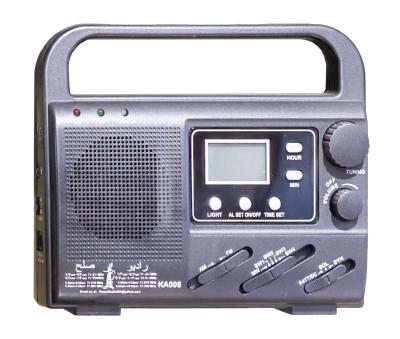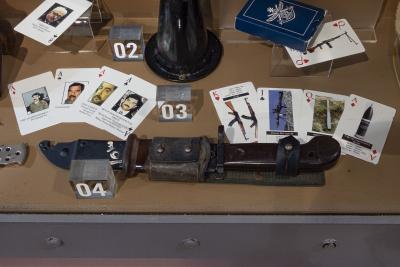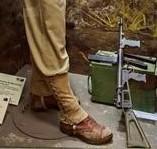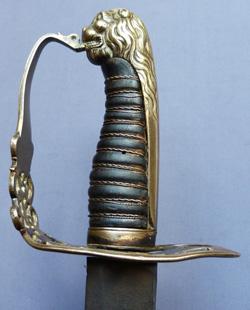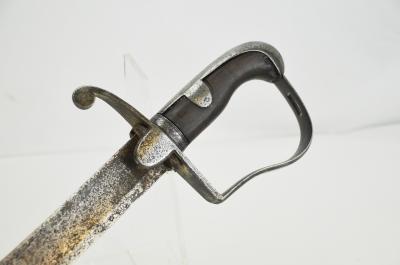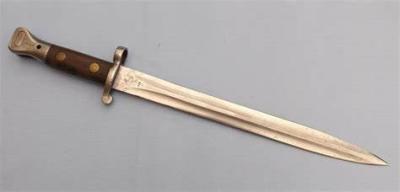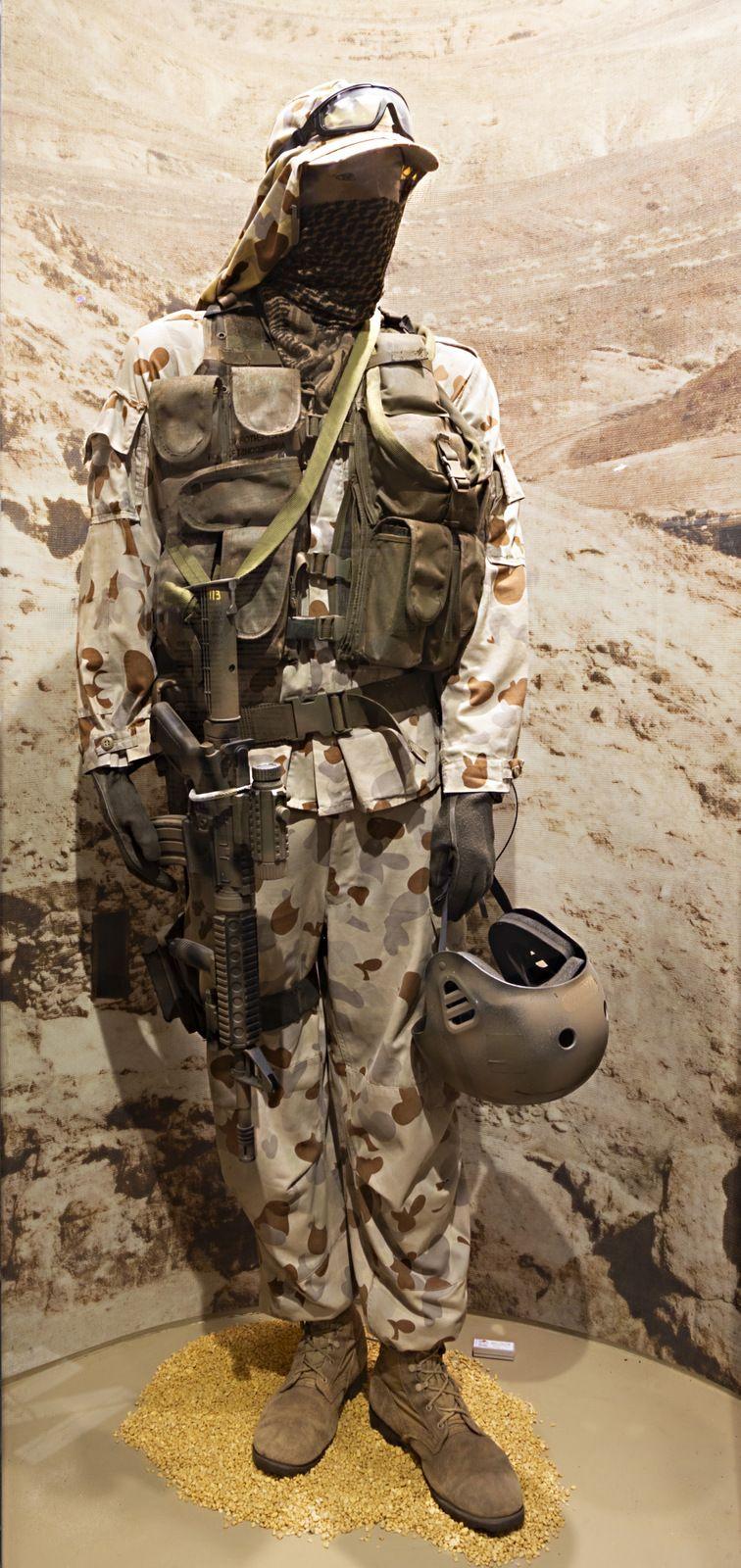Mannequin Display, Post 1945, Central Asia, Afghanistan, Afghanistan War (War on Terror), 2001 to 2021
Mannequin displaying an example of the weapons, equipment and camouflage pattern worn by Australian soldiers during a phase of the Afghan War (War on Terror0 2002 - 2020.
The ADF deployed a contingent of personnel on 1 October 2001 from all 3 services. This contingent formed part of the International Security Assistance Force, a multinational mission in Afghanistan from 2001 to 2014. These Operations aimed to help stabilise Afghanistan and combat terrorism by preventing the country from becoming a training ground for terrorist organisations, such as al Qaeda.
Australians served in the International Coalition against Terrorism, a military operation in Afghanistan that included:
• Operation Slipper from 1 October 2001 to 31 December 2014
• Operation Palate from 18 April 2003 to 5 July 2004
• Operation Palate II from 27 June 2005 to 1 January 2017.
Initially, Australia deployed special forces units, including the Special Air Service Regiment (SASR), to participate in counterterrorism operations and help local Afghan forces. Over time, the Australian contingent expanded to include infantry units, engineers, aviation assets and other support personnel.
Australian forces were mainly stationed in Uruzgan province, where they worked alongside other Coalition forces to disrupt Taliban operations, build the capacity of Afghan security forces, and support development projects. The Australian contingent aimed to enhance security, governance and development in Uruzgan to create conditions for sustainable stability.
ADF personnel also served in Operation Highroad from 2015 to 2021. This operation supported the North Atlantic Treaty Organization (NATO) Resolute Support Mission in Afghanistan. The Australians worked alongside the Afghan National Defense and Security Forces as they built their own defence, security and counterterrorism forces.
After more than 10 years of deployments to Afghanistan, Australia gradually reduced its military presence in Afghanistan. In 2013, Australian troops transitioned from combat to advisory and training roles. They focused on mentoring the Afghan National Army's 4th Brigade.
Australia ended its military contribution to the war under Operation Slipper on 31 December 2014. This meant Australians were no longer involved in combat operations. From 2015 to 2021, the Afghan National Defence and Security Forces were mainly responsible for fighting the Taliban in Afghanistan.
By 2020, most ADF personnel had been withdrawn from Afghanistan, marking the end of Australia's military involvement in the conflict. However, some personnel remained until 2021. They continued to support Afghanistan through diplomatic and development efforts, with a focus on:
• humanitarian aid
• capacity building
• promoting women's rights and education.
The War in Afghanistan significantly impacted Australia's military and broader society, leading to discussions and assessments of the country's foreign policy, defence strategy and lessons learned from the conflict. As with the Gulf War and the Iraq War, many veterans continue to suffer as a result of their service in Afghanistan.
Details
Details
Afghanistan was one of the longest wars involving Australia. After the terrorist attacks in the United States in 2001, US President George W Bush declared a ‘war on terror’. By invoking the ANZUS Treaty a few days later. Australia committed to sending military personnel to join US forces in Afghanistan. Between 1 October 2001 and 30 June 2002. the Australian Defence Force (ADF) deployed over 1,100 personnel to Afghanistan. By December 2013, the last Australian troops had left Uruzgan province. Some 400 Australian troops remained in Afghanistan in training and support roles. Australia had withdrawn most of its ADF personnel from Afghanistan by 2020.
Over 39,000 ADF personnel served in the War in Afghanistan. More than 40 Australians lost their lives and 263 were wounded as a result of service in Afghanistan. Australia's main objective throughout was to support the US-led coalition's efforts to combat terrorism and help stabilise and reconstruct Afghanistan.
Afghanistan was one of the longest wars involving Australia. After the terrorist attacks in the United States in 2001, US President George W Bush declared a ‘war on terror’. By invoking the ANZUS Treaty a few days later. Australia committed to sending military personnel to join US forces in Afghanistan. Between 1 October 2001 and 30 June 2002. the Australian Defence Force (ADF) deployed over 1,100 personnel to Afghanistan. By December 2013, the last Australian troops had left Uruzgan province. Some 400 Australian troops remained in Afghanistan in training and support roles. Australia had withdrawn most of its ADF personnel from Afghanistan by 2020.
Over 39,000 ADF personnel served in the War in Afghanistan. More than 40 Australians lost their lives and 263 were wounded as a result of service in Afghanistan. Australia's main objective throughout was to support the US-led coalition's efforts to combat terrorism and help stabilise and reconstruct Afghanistan.
The Inspector-General of the Australian Defence Force Afghanistan Inquiry Report (the Brereton Report) was released in 2020. The inquiry found credible information that members of the Australian Special Forces may have committed war crimes during their operations in Afghanistan.
This mannequin is in the Post 1945 Gallery at the Australian Army Museum of Western Australia.
Australian Army Museum of Western Australia
Australian Army Museum of Western Australia
Other items from Australian Army Museum of Western Australia
- Mannequin Display, Post 1945, Peacekeeping, Timor l'este / East Timor, 1999 - 2013
- Post 1945, Central Asia, Afghanistan, Radio Distribution, 2003 - 2020
- Post 1945, Iraq, Gulf War. Personality Identification Playing Cards, 2003
- World War 2, Owen Gun, 1943
- Post 1945, Poloroid Colorpak 80 Camera
- Inter War, Party Line Wall Phone 1930s
- World War 2 Japanese Electrical Test Equipment, Variable Output Power Supply
- World War 2, Japanese Electrical Test Equipment - Voltmeter
- Post 1945, Australian Wireless Set A510, 1950s
- 1803 Pattern Infantry Officer's Sword
- 1796 Pattern Light Cavalry Sabre
- Bayonet - 1888 Pattern Magazine Lee-Enfield

